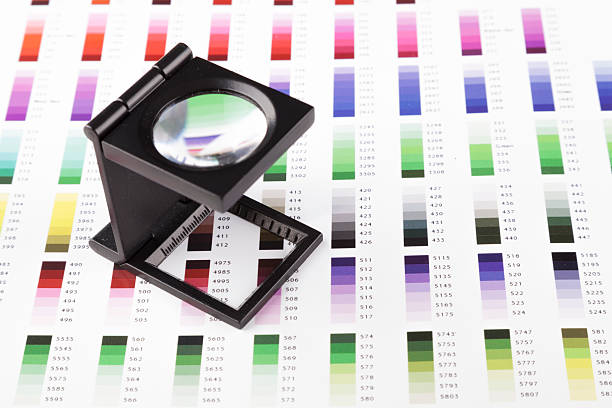Discover the difference, significance, and practical examples of these pivotal research tools

Introduction
In the expansive realm of research, two terms frequently thrown around are ‘Qualitative’ and ‘Quantitative Data’. Though they may sound like heavy jargon, when broken down, they are straightforward concepts. This article seeks to not only distinguish between these two pillars of research but also to showcase their applications through vivid examples. Read on to learn more!
Qualitative and Quantitative Data examples: A Snapshot
For starters, understanding the essence of qualitative and quantitative data paves the way to comprehend their real-world applications.
Qualitative Data
Qualitative data, at its core, deals with descriptions that can be observed but not measured. It’s about exploring the depth, meaning, or experience.
Characteristics
Non-numeric
Open-ended responses
Subjective interpretation
Quantitative Data
Quantitative data relies on the numerical aspect- its all numbers and measurements. It’s about quantities, values, and often, mathematical calculations.
Characteristics
Numeric
Measurable
Objective interpretation
Diving Deeper: Qualitative Data Examples
1. In-depth Interviews
Interviews involve a series of questions that are usually open-ended, allowing its participants to think and share their thoughts and feelings. Their answers can’t be measured in numbers but provide rich insights.
2. Focus Groups
Groups of people discuss a particular topic or product, revealing collective perceptions, opinions, and beliefs, fostering a treasure trove of qualitative data.
3. Ethnographic Studies
Here, researchers immerse themselves in a community or culture, observing and participating to gather deep insights.
4. Case Studies
These are detailed investigations of specific events or cases which can’t be understood through numerical data alone.
5. Content Analysis
Scrutinising documents, media, or literature for themes or patterns also falls under the umbrella of qualitative data collection.
Crunching Numbers: Quantitative Data Examples
1. Surveys with Close-Ended Questions
When participants choose from predefined answers, their responses can be quantified, analysed statistically, and interpreted objectively.
2. Clinical Trials
They determine the efficacy of medical interventions. Through trials, researchers obtain measurable data on patient outcomes, side effects, and other quantifiable variables.
3. Census
National census data, with vast numbers and statistics on population, employment, and more, is quintessentially quantitative.
4. Structured Observations
Researchers might tally the number of certain observable behaviours within a predefined context, transforming observations into numerical data.
5. Economic Research
Economic indicators like inflation rates, unemployment levels, or stock market trends are prime examples of quantitative data.
Why does the Distinction Matter?
Understanding the distinction between qualitative and quantitative data aids researchers in:
Selecting appropriate research methods
Accurately interpreting results
Making informed decisions
Which to Choose: Qualitative or Quantitative?
The choice largely depends on:
Research Goals: If it’s about depth and exploration, go qualitative. If it’s about measurement and testing hypotheses, quantitative is the way.
Resources Available: Qualitative research may require fewer participants but more time, while quantitative might be vice versa.
Nature of the Subject: Human emotions are best studied qualitatively, while numerical data like height or weight is quantitative.

FAQs
- How do qualitative and quantitative data complement each other?
While qualitative data provides depth and context, quantitative data offers breadth and generalizability. Together, they provide a holistic view of the research topic.
- Are mixed-method approaches beneficial?
Absolutely! Blending both data types can enhance research validity, combining the strengths of both approaches.
- Which data type is more reliable?
It’s not about reliability but appropriateness. Each serves different research objectives.
- Can qualitative data be transformed into quantitative?
Yes, through coding or thematic analysis, qualitative responses can be categorised and then quantified.
- How do researchers ensure quality in qualitative research?
Techniques like member checking, peer debriefing, and thick description are employed to enhance credibility.
- What statistical tools are used for quantitative data?
Common tools include SPSS, Excel, R, and Python libraries.
Conclusion
Understanding the significance of Quantitative and Qualitative Data is of extreme importance to both new and experienced researchers. By understanding the nuances of the same, and implementing the practical examples, and recognizing their significance, people can travel the world of research with assurance and vigor.
External Links/ Sources:
Quantitative and qualitative data
